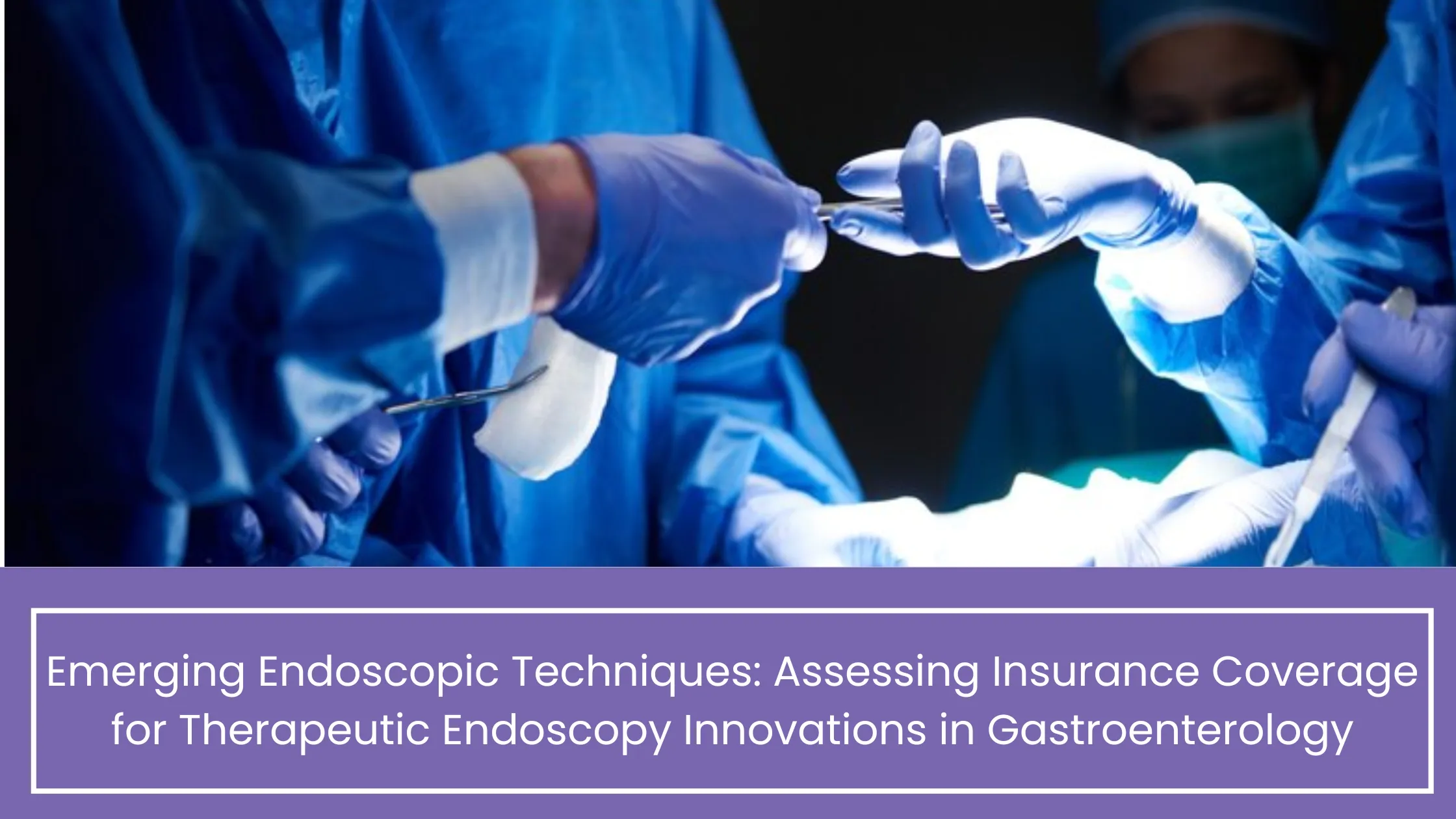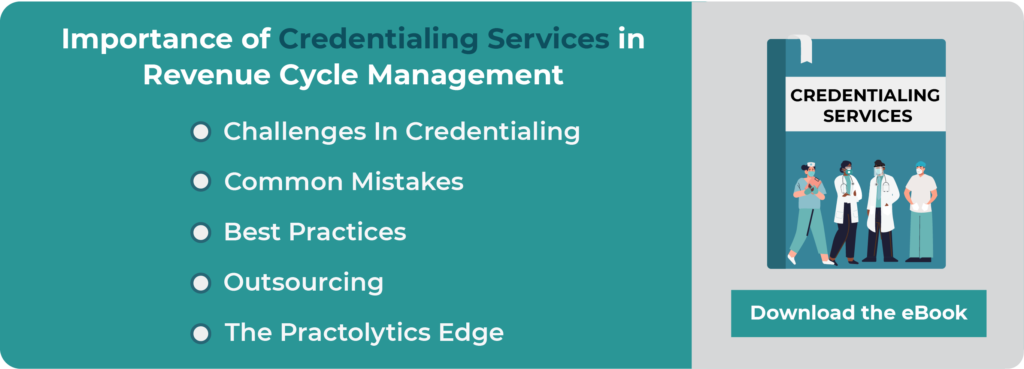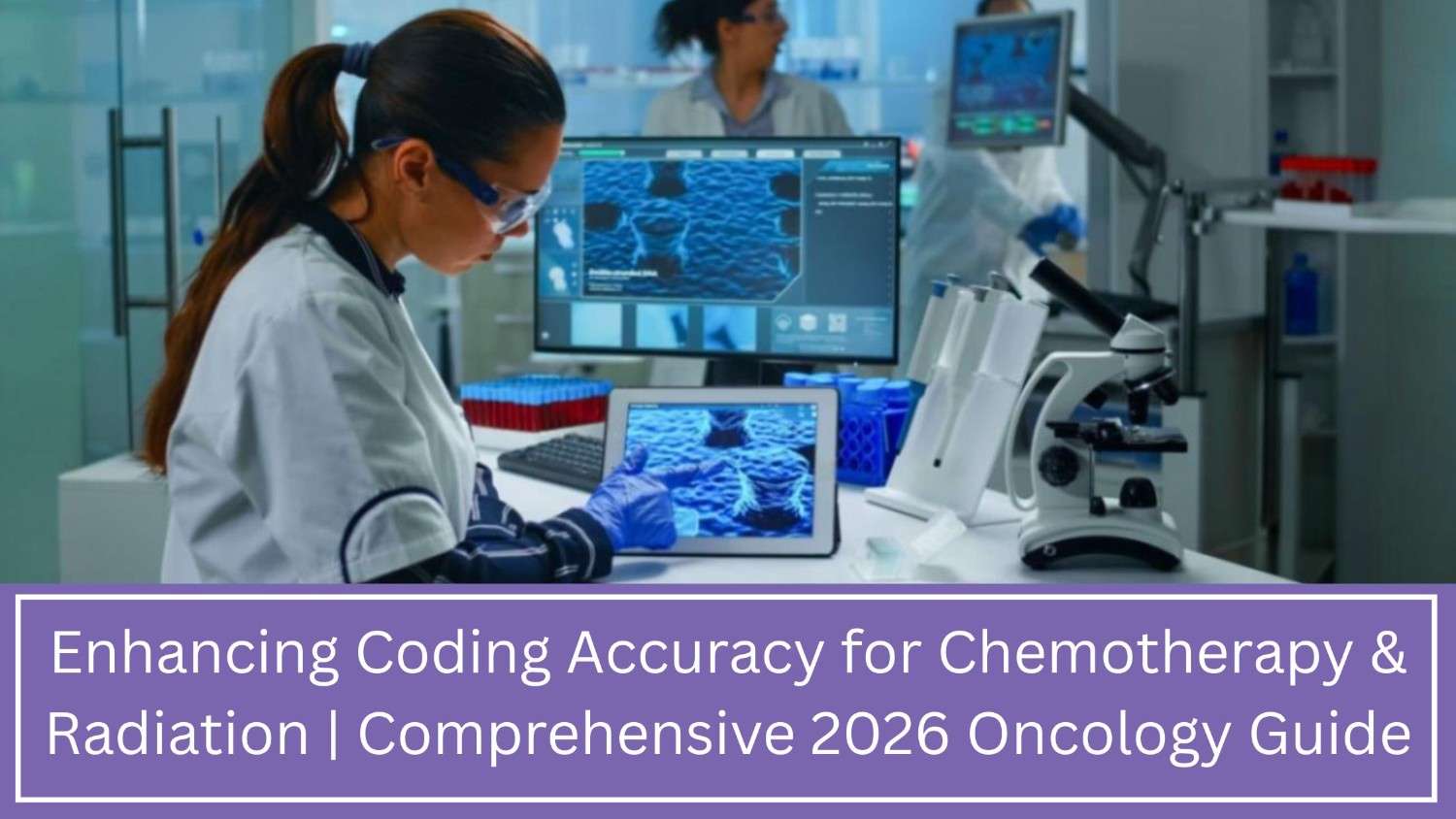Emerging Endoscopic Techniques: Assessing Insurance Coverage for Therapeutic Endoscopy Innovations in Gastroenterology
Recent healthcare research showcased that leveraging therapeutic endoscopy has significantly reduced 30% of hospital stays for patients with complex gastrointestinal cases, outlining a profound development in patient care delivery.
Therapeutic endoscopy in gastroenterology poses a minimally invasive procedure for treating gastroenterology conditions. It includes leveraging specialized equipment to carry out procedures associated with the digestive tract, delivering an alternative option to conventional surgery.
Therapeutic endoscopy is an emerging technique in the field of gastroenterology. Therefore, it is critical to ensure insurance coverage for such rising innovations to guarantee patient affordability and accessibility, enhancing entire healthcare outcomes.
It is essential to understand the role played by effective RCM in healthcare infrastructure. After ensuring proper insurance coverage, it is indisputable to maintain a sustainable revenue flow to keep the financial streams moving and make sure that the practices receive adequate reimbursements.
Table of Contents
Recent Advances in Therapeutic Endoscopy
- The latest endoscopic techniques include submucosal dissection, preoral endoscopic myotomy, and full-thickness resection devices.
- Technological and methodological advancements have brought about accurate and efficient treatments with reduced risk rates.
Clinical Benefits
- These innovations have enhanced patient outcomes including faster recovery and lower complication rates.
- Therapeutic endoscopy delivers profound merits over conventional procedures due to its innate nature of being minimally invasive. The advantages include shorter hospital stays and less operative pain.
Real-life instances showcase the effectiveness of therapeutic endoscopy. For example, a patient with the initial stage of esophageal cancer went through ESD, resulting in complete elimination of the tumor and seamless recovery without the necessity of another invasive operation.
Current Landscape of Insurance Coverage for Therapeutic Endoscopy
The existing insurance policies exhibit variability in the coverage for therapeutic endoscopy. Some insurers give extensive coverage while others provide limited to no coverage, resulting in major disparities in patient affordability and access to such emerging and effective treatments.
Healthcare providers and patients often encounter similar challenges when seeking coverage for therapeutic endoscopy. These involve comprehensive prior authorization needs, lack of awareness of coverage options among providers, and unequivocal claims denial. For instance, patients have reported major claims denials for medically necessary treatments or procedures as deemed by their doctors, resulting in major treatment delays and aggravated out-of-pocket costs.
Out-of-pocket expenses lead to the financial burden on patients for their treatment and this burden could be substantial in the case of some insurance policies. This shortage of adequate policies to cover therapeutic endoscopy accelerates the disparities in access, between underinsured and uninsured patients. This will bring in major concerns while attaining timely and appropriate patient care.
Assessing the Need for Improved Coverage for Therapeutic Endoscopy
Clinical Necessity: To effectively manage complex gastrointestinal cases, delivering minimally invasive and efficient treatment options is crucial. Evidence of therapeutic endoscopy outlines its efficacy and cost efficiency. This means that insurers must shed their light on therapeutic endoscopic techniques for extensive insurance coverage and ensure all patients who seek it have complete access to and benefit maximum from these innovations.
Economic Analysis: A cost-benefit analysis says that delivering adequate insurance coverage for therapeutic endoscopy techniques can result in major long-term savings for the healthcare landscape. Preventive care via such advanced methods can lessen the necessity for comprehensive and expensive interventions, thereby reducing overall healthcare expenses.
Patient Advocacy: Patient advocacy groups play a pivotal role in pushing insurers for enhanced insurance coverage for therapeutic endoscopy. Through various efforts, sharing testimonials, and public awareness campaigns acquired from patients who already benefitted from such advanced techniques, such groups can push insurance coverage and bring about policy adjustments. For example, patients who underwent life-changing results from therapeutic endoscopy can outline the requirement for seamless access and affordability of such procedures.
Policy Recommendations and Advocacy
Insurance firms must stay abreast of the latest updates on coverage policies to incorporate extensive coverage for therapeutic endoscopy backed by clinical evidence. This involves setting up proper coverage criteria, including eligibility, document efficiency, and other specific indications of the procedures.
Via thorough documentation of the medical necessity of therapeutic endoscopy techniques, healthcare providers can effectively oversee their patients’ needs. They must leverage evidence-based case studies and recommendations to back their claims. To boot, providers can appeal claims denied by delivering detailed descriptions and utilizing patient testimonials to outline the pivotal requirements for these treatments.
Another essential aspect to accelerate potential policy updates is collaboration between providers, specialists, insurers, and advocacy groups. Effective examples include joint programs where advocates, medical professionals, and insurance companies come together to devise standardized coverage policies, driving better patient outcomes and consistency in patient access to care.
Future Directions
Future innovations in therapeutic endoscopy are anticipated to bring in more accurate and less invasive strategies. Advancements including advanced imaging and other therapeutic tools will likely enhance treatment results and broaden the range of treatable cases, enabling coverage policies to adapt along with the shifting terrain.
Integrating AI and Machine Learning into therapeutic endoscopy can significantly improve the accuracy and success of these procedures. These technological innovations are expected to enhance patient outcomes and push insurers to stay on top of the policies to incorporate coverage for AI-aided techniques, recognizing their potential to lower overall healthcare expenses.
Continuous advocacy efforts are pivotal to ensure fair access to therapeutic endoscopy advancements. Healthcare providers must stay in the loop on updated insights on new developments and proactively participate in advocacy movements. This may involve immersing with advocacy groups, engaging in public comment periods for policy updates, and sharing success stories to raise adequate awareness of the efficiency of these treatments.
Winding Up
Are you on the lookout for a partner who can take up the burden of insurance claims? Is your gastroenterology practice struggling to meet ends? Do you also want to focus on patient care more and leave billing to the hands of experts?
Whether your practice needs an updated policy for advanced treatments like therapeutic endoscopy or general gastroenterology procedures, Practolytics has your back!
From eligibility verification to claims submission, Practolytics has it all! We ensure you are covered fully for all your rendered services, not leaving any stone unturned.
Join hands with Practolytics and experience a seamless medical billing process via a streamlined workflow and get maximum reimbursements today!
ALSO READ – Success Keys: Streaming Gastroenterology Billing and Credentialing
Talk to Medical Billing Expert Today — Get a Free Demo Now!






